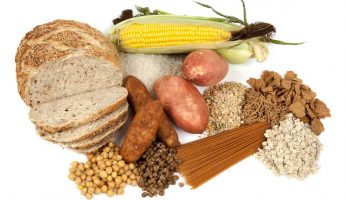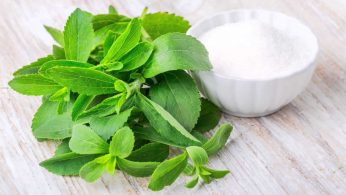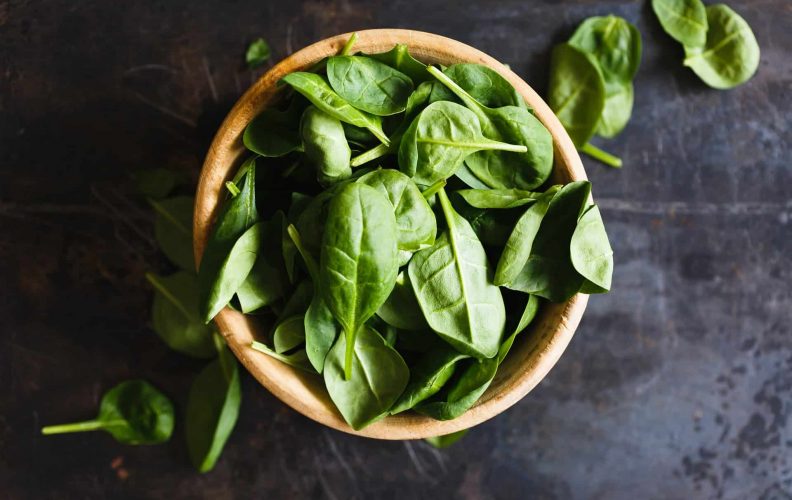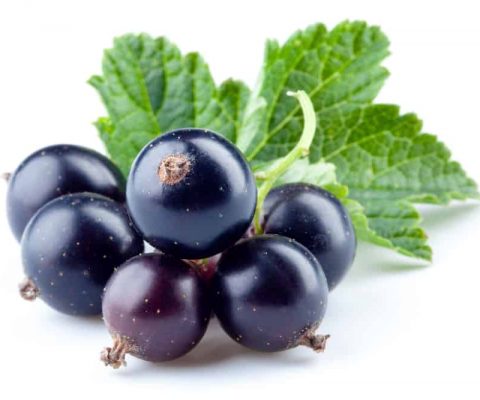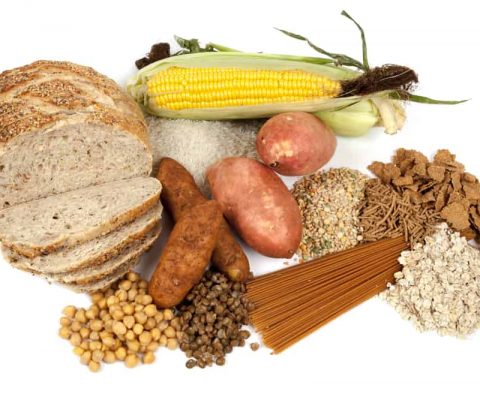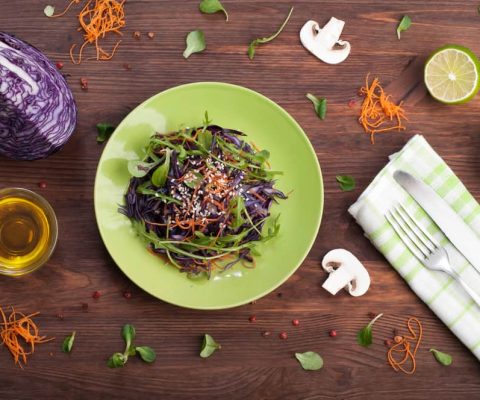Tips On How To Reduce Salt
Disclosure: We use affiliate links and may receive a small commission on purchases.
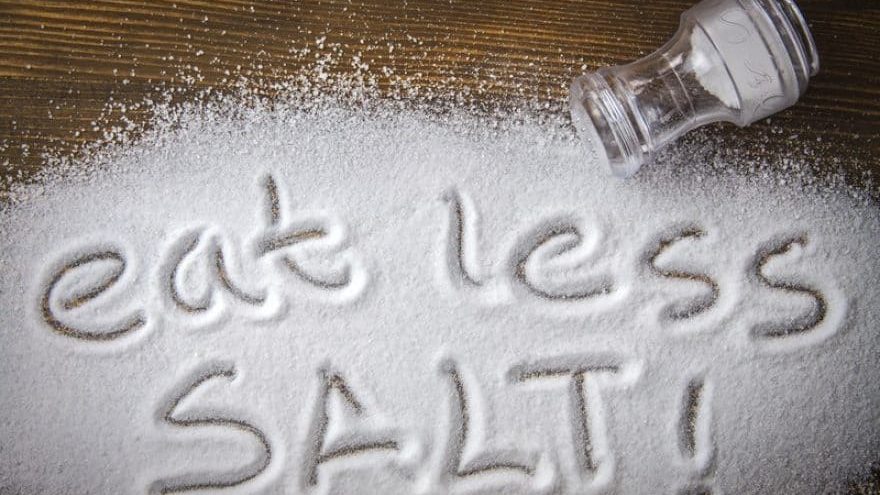 Tips On How To Reduce Salt
thefitbay.com
Tips On How To Reduce Salt
thefitbay.com
One of the most quintessential negative aspects of food that is normally brought up when investigating the health of food sources, is sodium levels.
When it comes to dining, especially eating out, most make the argument that the amount of salt used in the food we are being served with is slowly or even quickly killing us. Not only are fast foods and foods in restaurants loaded with salt, it is actually quite hard to even cook at home with reduced salt levels. All the products you find, all the ingredients and recipes you use, are usually hidden with high levels of sodium that make their way into the food that you consume.
It even goes so far as to dieticians and research stating that Americans actually can consume up to fifty percent MORE than the suggested intake of sodium on a DAILY basis. If that fact is not scary enough to want to decrease the amount of salt in your own diet, than maybe these easy-to-do tips will:
1. Compare Brands

The “best” or most known brands do not necessarily mean the best for you. Take the same product from different brand names and check the back. This is also just a great tip on its own just to check the nutrition label. Looking up sodium content on this easy to read list and comparing one with another is one of the simplest and most effective things you can do to try and choose the one with the least amount of salt possible.
2. When in doubt: FRESH
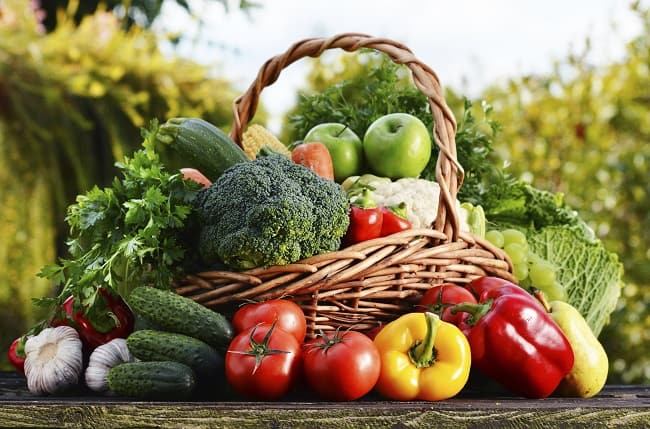
Always aim for the freshest option available. Instead of going for the frozen or for the canned foods, though it might be a bit more expensive, reach for the fresher products. If you have to choose something from the frozen section, look for the words “fresh frozen”, because when you’re given lemons and have to choose form the freezer section, then make lemonade and try and get the freshest.
This tip also relates to meats as well. The longer that the meat can be kept, the higher the sodium within it is. Fresh cuts is the way to go.
3. Avoid the word: SALT
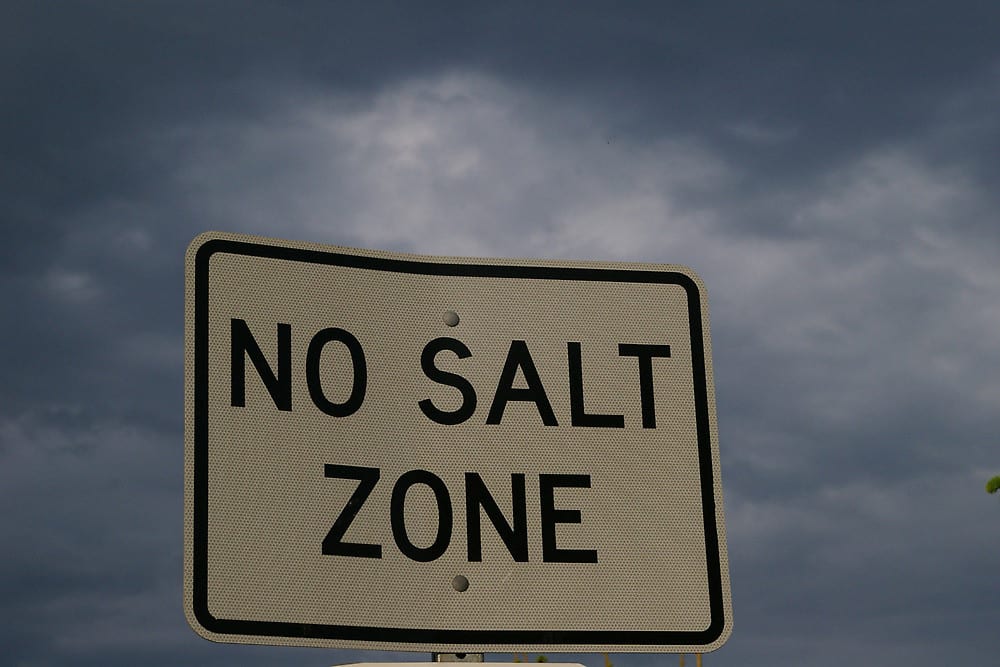
This might seem quite obvious, but it’s actually a pretty simple trick to go to when trying to reduce your salt intake on a daily basis. If the name of the food has the word “salt” on it, then it probably means it’s highly concentrated in salt. For instance, choose garlic powder instead of garlic salt.
4. Wean yourself off

If you are one of those that immediately grabs the shaker when the plate is placed down in front of them, wait a moment. A moment’s hesitation and a spoonful to taste can save you loads of extra salt that you are accustomed to sprinkling on before you eat. We’ve seen this a thousand times, before someone even tries their food, they automatically reach for the saltshaker and load it on top of their food. If you try it beforehand or even try to wean yourself off of salt, use less and less every meal, then a little can go a long way.
5. Watch the toppings
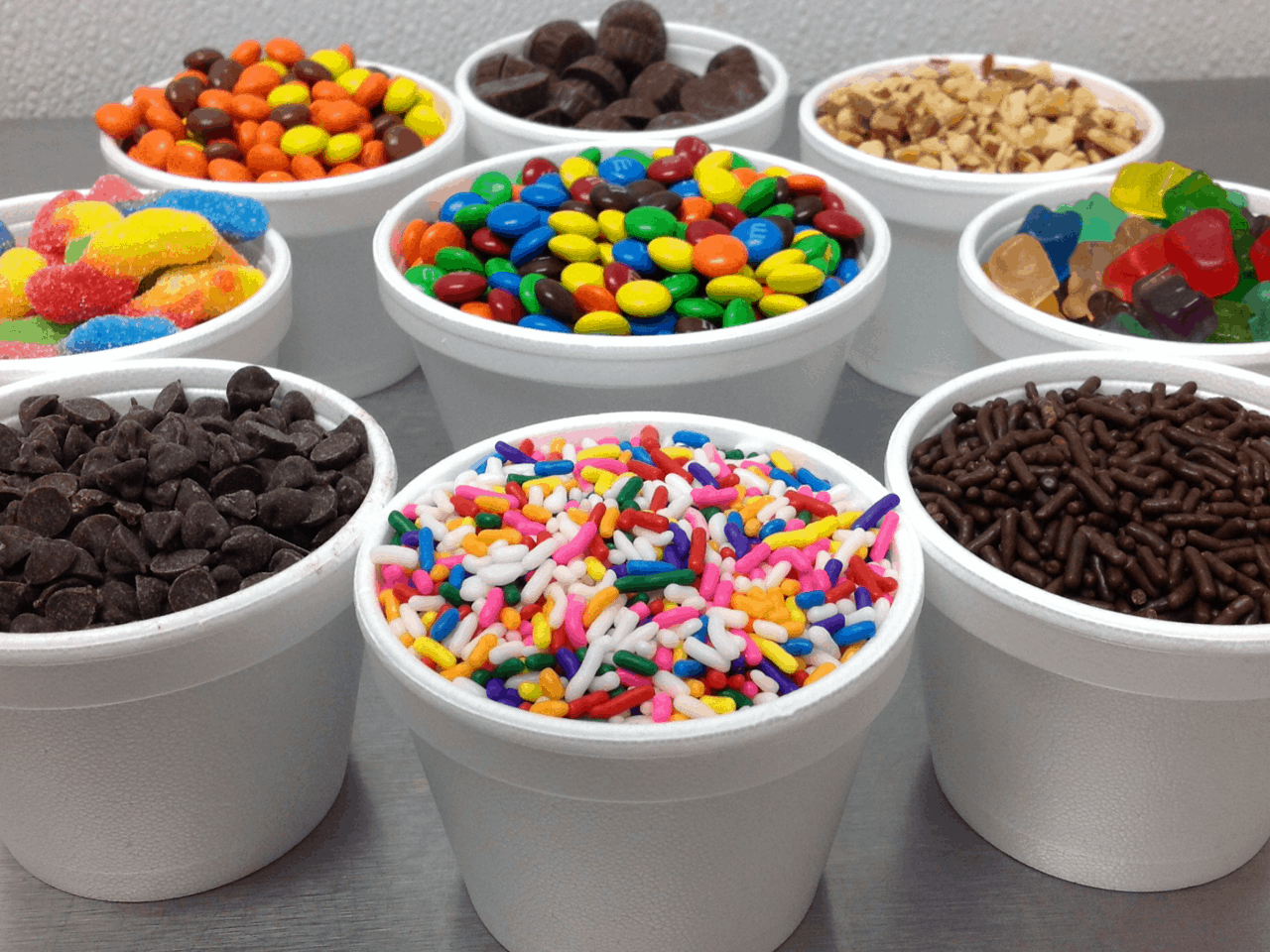
Not only are soy sauces, mayonnaise, pickles full of salt, added sauces can also up your sodium levels. When you are cooking with sauces, add water or try to make your own sauce, so you know what is actually in it. If you have to buy pre-made sauces, tomato-based ones are usually found to be less salty than cheesy ones. The words to avoid when looking for sauces are olives, ham and bacon.
6. Watch your cookin’, good-lookin’
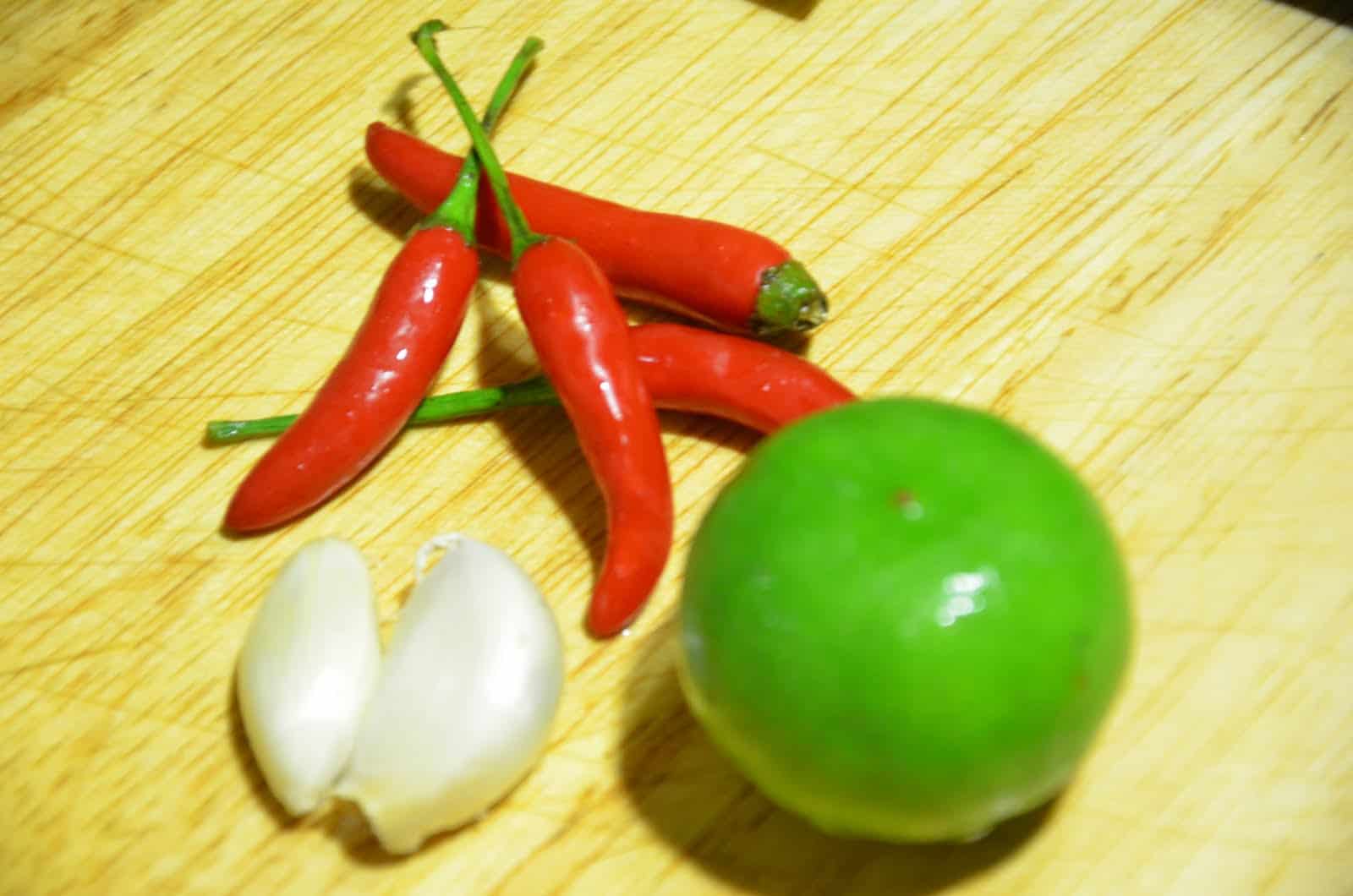
When you think you have the most control, while you’re cooking, you actually might even be causing the harm to yourself… without even knowing it! Here are a few basic tips to help you reduce the salt when you are in the kitchen:
When you make your own sauce, use ripe tomatoes and garlic
Instead of salt, sprinkle fresh herbs and spices on your dish. Even these alternatives are virtually better for you than salt is: chili, lime, ginger and garlic.
When you make your own stock or gravy, reduce the salt from the recipe, judge it on taste.
7. Date Night does not mean Free For All

There are ways for you to avoid high levels of salt intake when you’re dining out with your honey. Just because you are going out to eat doesn’t necessary mean that you have to give up on your healthy diet. Here are a few tips for each of these food options, this way you can keep your meal tasty, but healthy as well:
If you find yourself craving:
- Chinese or Indian: Opt for plain rice instead of fried or pilau. Plain has loads less salt.
- Pizza: Pick the veggie pizza, the meatier or cheesier a pizza gets, the higher the sodium levels get as well.
- Burgers: Same with the pizza, the less amount of cheese and meat you can put on your burger, the
“better” it will be for you. For instance, avoid the bbq sauce and bacon options. - Sandwiches: Follow the suggestions with pizza. If these options are available, pick them: egg, chicken and veggies. If cheese has to go with your sandwich, choose mozzarella.
- Salads: Simple-ask for dressing on the side.
Reducing your sodium intake in your diet is not as difficult as you might think. If you follow these simple tips while you are out shopping at the grocery store, in the kitchen cooking or dining out at a restaurant, then you can easily put less salt in your body on a daily basis. And like we mentioned earlier, though it might seem like a small and simple difference, a little goes a long way.



